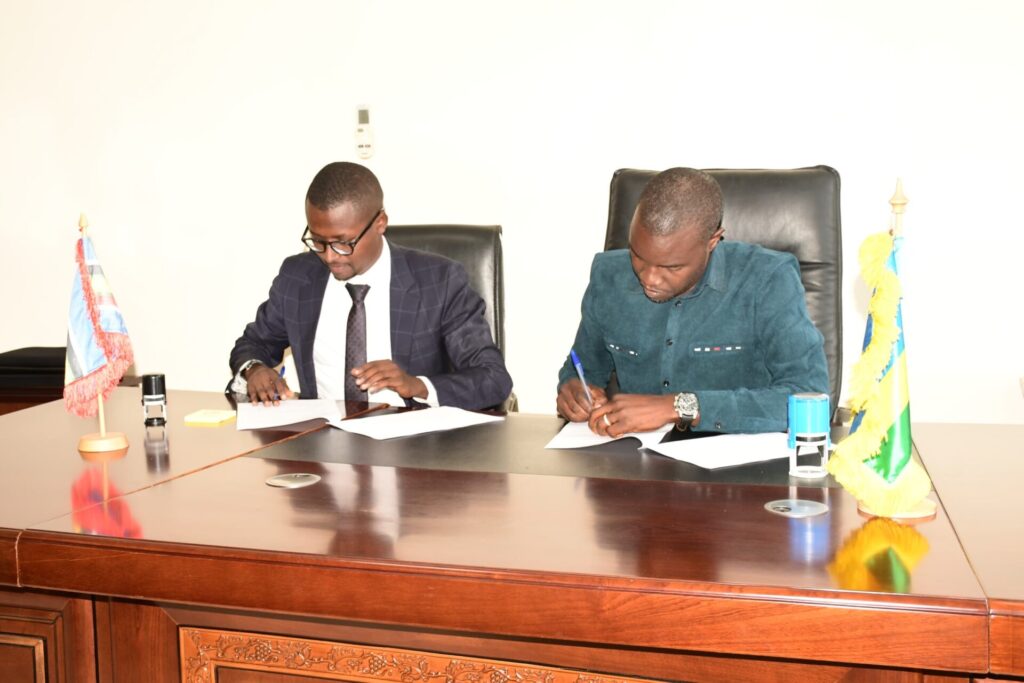Even before the pandemic reversed progress in reducing extreme poverty, policies and programs largely failed to meet the needs of the people who are most marginalized. Unless that failure is corrected, the most severe forms of poverty will remain entrenched long after the COVID-19 crisis ends.
By Shameran Abed | Executive Director, BRAC International
This article originally appeared in Project Syndicate on July 26, 2021.
From 1990 to 2019, the number of people living in extreme poverty (according to the World Bank threshold of $1.90 per day) plummeted, from 1.9 billion to 648 million. COVID-19 has reversed much of this progress. By the end of 2021, the pandemic will have pushed approximately 150 million people back into extreme poverty.
Even before COVID-19, however, the world was not on track to end extreme poverty in the next decade. Progress on poverty reduction had been slowing long before the pandemic hit, with global poverty rates falling by less than half a percentage point per year between 2015 and 2019. At that pace, even without COVID-19, 537 million people would have still been living in extreme poverty in 2030, implying failure to meet the United Nations Sustainable Development Goals, in particular SDG 1.
At BRAC, the world’s largest Global South-led NGO, decades of designing, implementing, advising on, and adapting poverty reduction interventions have given us insights into how to make anti-poverty programs and policies more effective.
First, programs need to reach people in the most extreme states of poverty. People living in extreme poverty face hurdles to accessing social programs and services. They are less likely to have bank accounts, permanent addresses, or formal identification – all of which may be required for registration. They also face social stigma associated with receiving public services, and often lack sufficient information about the programs for which they are eligible.
In low-income countries, 79% of the bottom quintile of earners receive no social assistance whatsoever. To ensure that help reaches those most in need, governments and their partners must design policies and programs that overcome the barriers people living in extreme poverty face and integrate them into existing social safety nets.
Second, programs must empower people living in extreme poverty to build long-term resilience. Governments and their partners must do more than improve the provision of basic needs. They must also invest in enabling people in extreme poverty to acquire the skills and resources they need to avoid falling back into the poverty trap. This approach is crucial in times of crisis, as our team at BRAC found when advising the Philippine government, in partnership with the Asian Development Bank, on a recent anti-poverty intervention.
During the pandemic, the program connected participants to cash assistance from the national government and food assistance from their local government. Meanwhile, it provided the resources and training they needed to establish multiple sources of income. As a result, 76% of participants were able to continue earning income even during strict lockdowns.
Third, programs need to treat poverty as multifaceted and context-specific. Extreme poverty is multidimensional. An accurate definition must account for the many areas of deprivation people living in extreme poverty face, from lack of clean water and electricity to malnutrition and social exclusion. These deprivations and the interventions needed to overcome them vary across populations and geographies. Based on an assessment of factors related to specific locations and socioeconomic contexts, governments and their partners need to create more holistic interventions that empower poor people to face their unique challenges.
Fourth, these programs must engage local communities and governments, whose active participation can help anti-poverty interventions better reflect the realities of people’s daily lives and gain local buy-in. Bringing civil society into the process can also play an important role in holding government accountable and sustaining demand for more effective programs and policies. And local governments can help national governments and their partners identify marginalized households and support their social inclusion.
Fifth, governments and their partners must learn what is working and what is not, then adapt programming accordingly. To maximize the impact of anti-poverty interventions at scale, governments and their partners must commit to monitoring, evaluating, and learning from programs as they are implemented, then revise them as needed.
Such evaluations should begin by identifying the principles driving programs’ design. Program components must then be tweaked and tested with those principles in mind, and the outcomes carefully monitored. Only through evidence-based adaptation can governments and their partners ensure that the programs they implement have a long-lasting impact and adjust to meet the unique and evolving needs of their people.
This must be a collaborative effort. If the international community adopts these steps, anti-poverty programs and policies can become more inclusive, adaptive, and comprehensive. Beyond engaging civil society and academia, governments need development actors, including multilateral institutions and donor countries, to help close resource gaps until they can independently mobilize sufficient domestic resources. Many low- and middle-income countries simply lack the fiscal space and state capacity to pursue large-scale poverty reduction measures on their own.
SDG 1 is deeply connected to the other SDGs, from ensuring gender equality to advancing sustainability to improving nutrition. COVID-19 has reversed decades of progress in these areas, and we need cross-cutting interventions that support multiple areas of development simultaneously if we are to recover. The only way to prevent leaving many people behind is to ensure that anti-poverty interventions are better funded, more holistic, and more effective at scale.




